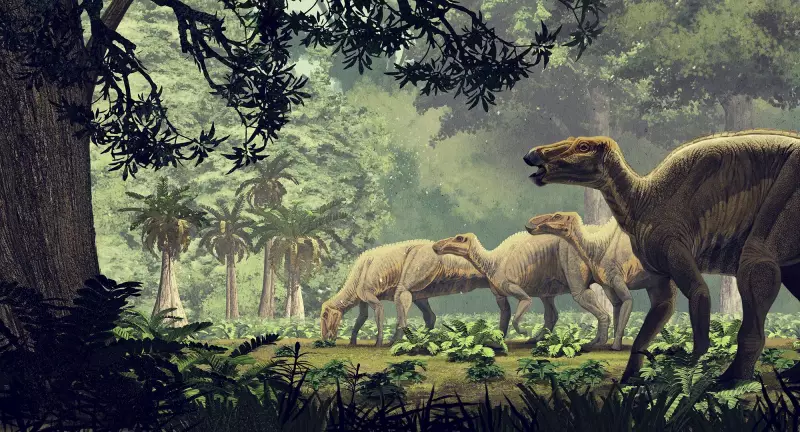
In a revolutionary discovery that could rewrite paleontology textbooks, Canadian researchers have uncovered what may be the first reliable method to distinguish male from female dinosaurs. The key lies in ancient battle scars and injuries sustained during mating competitions.
The breakthrough came from studying modern relatives of dinosaurs, particularly large birds like cassowaries and ostriches. Scientists observed that males frequently suffer distinctive injuries during aggressive mating rituals and territorial disputes. These patterns appear remarkably consistent in the fossil record.
Ancient Battle Scars Tell a Story
Research led by Dr. Christopher Torres at Queen's University reveals that certain types of fractures and healed injuries found on dinosaur fossils match those seen in modern male birds during breeding season conflicts. The positioning and nature of these injuries provide compelling evidence of gender-specific combat behavior.
"We're essentially reading the stories written in bone," explains Dr. Torres. "When we find consistent injury patterns across multiple specimens of the same species, and those patterns align with what we see in modern dinosaur relatives, we can start making confident inferences about which were males and which were females."
Solving a Century-Old Mystery
For over a hundred years, paleontologists have struggled with a fundamental problem: telling male and female dinosaurs apart. Without soft tissue preservation, skeletal differences between sexes have been nearly impossible to confirm. This new approach using trauma evidence offers a tangible solution.
The research focused on several dinosaur species where multiple specimens show similar injury clusters. These patterns consistently appear in areas that would be vulnerable during face-to-face combat, much like modern territorial disputes among large birds.
Implications for Understanding Dinosaur Behavior
This discovery opens new windows into understanding dinosaur social structures, mating behaviors, and evolutionary biology. Being able to identify gender in fossil specimens allows scientists to:
- Reconstruct more accurate population dynamics
- Understand mating strategies and competition
- Trace evolutionary development of sexual characteristics
- Better interpret fossil site assemblages and social group structures
The research team continues to analyze specimens from museum collections across Canada, applying their new methodology to various dinosaur families. Their findings promise to transform our understanding of how these magnificent creatures lived, loved, and fought millions of years before humans walked the Earth.





